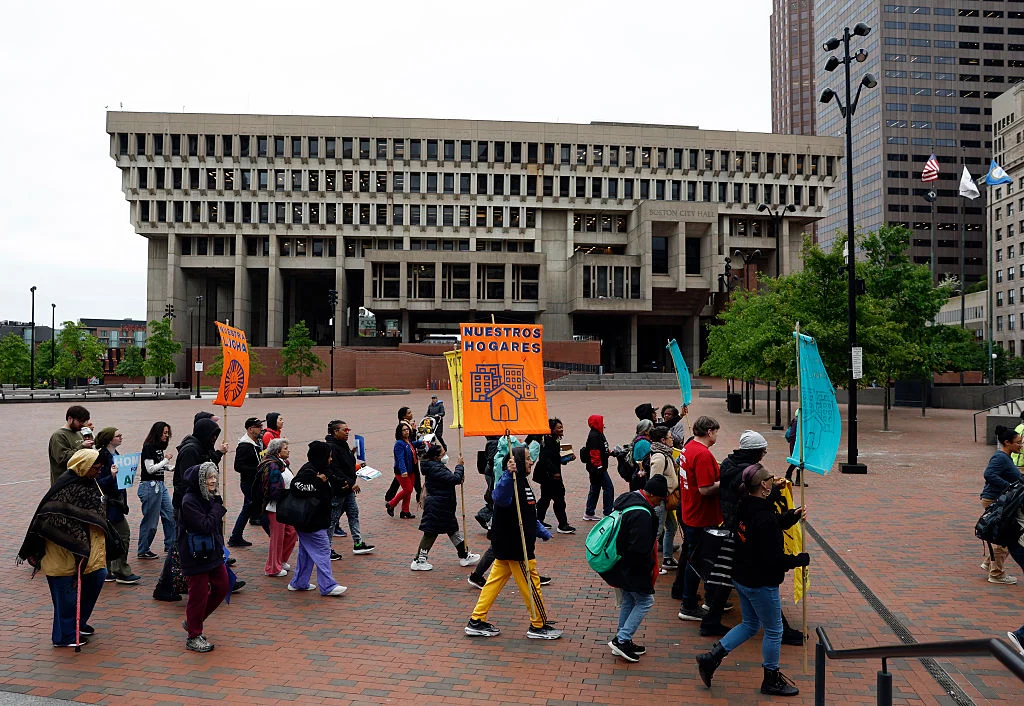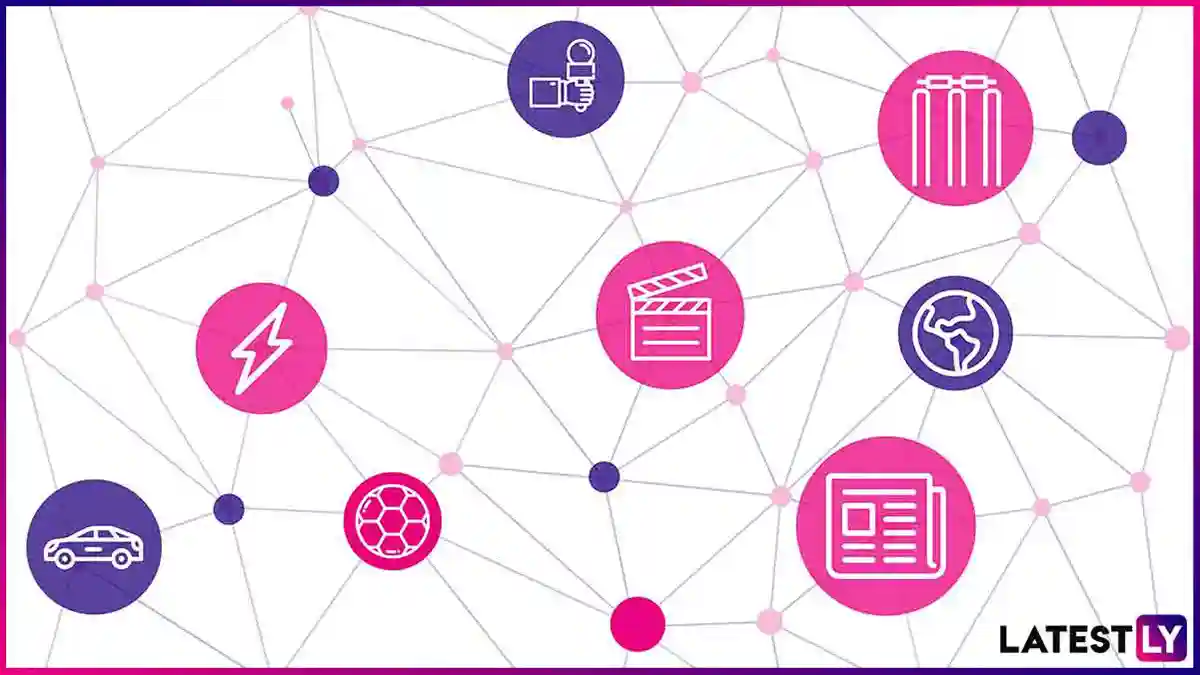By Eleanor J. Bader
Copyright truthout

If the federal government has its way, programs that provide housing subsidies to low-income people will soon be cut, and current recipients will have to comply with work rules and time limits on residency. Those who receive Section 8 subsidies are now facing draconian budget-slashing that will put millions in danger of losing their homes.
These plans have long been on the right’s anti-poor wish list.
In fact, when the Heritage Foundation’s Project 2025 agenda was released in April 2023, it outlined a long list of ways to curtail benefits to the poor, from cuts to Medicaid and SNAP to defunding subsidized housing programs. Among other things, the multifaceted document recommended repeal of the 57-year-old Fair Housing Act, which prohibits landlords and building owners from discriminating against potential renters and home buyers “on the basis of race, color, religion, sex, handicap, family status, or national origin.” That particular suggestion was relatively new, but the right has for decades wanted to eliminate the Housing Opportunities for Persons with AIDS Program, and has advocated for the removal of undocumented people living in mixed-status households from public or subsidized housing. Right-wing politicians have also sought to impose work requirements and time limits on the receipt of Section 8 rental subsidies.
Scott Turner, a former NFL player tapped to run the Department of Housing and Urban Development (HUD) in February, made his contempt for Section 8 subsidies clear, telling a Newsweek reporter that “the taxpayer-funded vacation is over.”
Indeed, the administration is working hard to decimate a host of social welfare programs — from SNAP, to Medicaid, to housing subsidies — and they’re using every tool at their disposal to do so.
But let’s return to Section 8.
Deborah Thrope, deputy director of the National Housing Law Project, told Truthout that after Congress failed to consolidate five federal housing programs, including Section 8, into a single State Rental Assistance Block Grant as requested by the president, the administration changed tactics to pursue a rules change. Announced this summer by the Office of Information and Regulatory Affairs at the Office of Management and Budget (OMB), the proposed discretionary rule to allow housing providers to impose work rules and time limits in all federal housing programs is a first step in a federal effort to cut the subsidized housing rolls.
“We still don’t know the details of what they’re proposing or what time limit on residency they’re recommending, but we expect it to be between two and five years,” Thrope said. “We also expect the rule to require ‘able-bodied’ people under the age of 62 to work at least 20 hours a week if they are not already doing so. As advocates, we know that this is a way to cut benefits since almost everyone who can work is already working. It also imposes onerous paperwork on local agencies that will have to monitor compliance.”
Under previous administrations, Thrope explains, the Department of Housing and Urban Development, rather than the OMB, proposed rules changes, and started by publicizing them in the Federal Register. The public was then given a fixed amount of time to weigh in. After HUD reviewed the comments, final rules were promulgated. This time, she said, it seems possible that Trump will completely undercut this process by declaring a housing emergency under the ill-defined National Emergencies Act of 1976, legislation that gives the president discretionary power to declare a state of emergency and institute changes on virtually any issue.
Despite these unknowns, Thrope said housing justice proponents are mobilizing. “People are banding together in coalitions,” she said. “Tenants in HUD housing are joining with disability rights advocates, seniors, and families with young children who won’t be able to comply with work rules because of ongoing child care issues.” In the short term, she says that both tenants and advocates are keeping a watchful eye on the administration to see what actions they’re taking.
Donald H. Whitehead Jr., executive director of the National Coalition for the Homeless, stressed the urgency of countering the administration’s “draconian initiatives.” He pointed out that the Housing Choice Voucher Program — the actual name of the program commonly referred to as Section 8 — is the country’s largest federal rental assistance program and serves 2.3 million low-income households.
“This is a war on the poor,” Whitehead said. “We have seen almost every decision this administration has made favor those at the top of the economic ladder, whether it’s about education, housing, or immigration.” On top of this, he continued, work rules have been tried before: “The government keeps going back to this tired and faulty playbook.”
Whitehead is right. In 1996, 39 public housing authorities mandated that benefit recipients enroll in work programs. In 2016, Whitehead says, the program, called Moving to Work (MtW), was expanded to 139 Housing Authorities; by 2022, however, the majority had abandoned MtW. A HUD publication attests to the program’s failure: “Literature documenting outcomes of work requirement policies in other federal government programs reveals few, if any, beneficial outcomes and several negative outcomes for program participants.” In studying the impact of work requirements on recipients of Temporary Assistance for Needy Families, a cash benefit, HUD admitted that the project had “failed to help families achieve financial independence.” HUD also noted a discernible rise in “deep poverty” among those who lost eligibility for the program.
Advocates fear that this outcome will repeat itself if work rules are mandated for Section 8 recipients, a policy that will be exacerbated if it is coupled with time limits on residency.
The stakes are enormous. According to the nonprofit civic initiative USAFacts, Section 8 subsidies provide stable housing to 2.7 percent of U.S. residents. Nearly a quarter of all people living in subsidized housing have a disability, 33 percent of recipient households include minor children, 74 percent of subsidized households are headed by women, 41 percent of subsidized households are headed by people 62 or older, and 66 percent of the households are headed by people of color.
The right is unfazed by these details, expressing views like, “Section 8 shouldn’t be a lifestyle, it should be a lifeline,” and trumpeting self-sufficiency while doing nothing to address the need for affordable housing, the lack of jobs paying a living wage, shortages in child care and transportation, or cuts to benefits programs.
Moreover, the Center for Budget and Policy Priorities (CBPP) found that cuts to rental assistance programs will put 3.3 million people at risk of eviction and homelessness, including 1.7 million children and 2 million households in which at least one adult is already employed.
The CBPP further reports that even without these cuts, only about a quarter of those who need rental assistance — and qualify for it — receive it. But instead of expanding the programs to meet this need, the Trump administration is hell-bent on shrinking services.
The upshot is stark: “Even working full-time at 40 hours per week, nearly half of all workers in the U.S. are not paid wages high enough to rent a modest one-bedroom home,” CBPP reported. “Rental assistance helps people afford a stable home, which makes finding and keeping a job easier, improves health and educational outcomes, reduces the use of emergency services, and keeps children in their homes and families together.”
Lynette, a Bronx resident who receives a rental subsidy, is a case in point.
“I work as a certified nursing assistant and pay $1050 for a two-bedroom unit,” she told Truthout. “The full rent is $3885. My daughters, ages 3 and 12, and I were homeless for 8 months, and I am working hard, going to school to become a registered nurse, raising my children, and working at a demanding job. I’m trying to come out of poverty. Losing the subsidy would set us back and impact me emotionally as well as financially.”
Janet, a resident of Florence, Kentucky, said Section 8 has been extremely helpful to her daughter and grandchildren. “My 39-year-old daughter has migraines and mood swings but does not receive SSI or Disability benefits,” she told Truthout. Her children, a 16-year-old son with autism, asthma, Attention Deficit Hyperactivity Disorder, and speech apraxia, and a 13-year-old daughter with anxiety and a severe speech impediment, get benefits totaling $1813 a month. They also receive $267 a month in child support. Their rent is $859, which is manageable since they also get SNAP and Medicaid, but if they lose their Section 8, all of our lives will be a roller coaster. “I get paid to care for my 88-year-old mother. If my daughter and her kids have to move in with me, it will mean I have to find a new apartment, and go from paying $850 a month to probably $2400 a month because we’ll need such a big space.”
For many in the housing justice movement, these realities call the entire profit-making shelter system into question.
In an interview with Truthout, Benjamin Finegan of Bozeman Tenants United expressed outrage and frustration at the whole business model of housing provision. Montana, Finegan said, has no public housing, and many areas of the state, including Bozeman, have seen rapid gentrification and upscale development.
“Corporations own buildings meant to provide housing to low-income people and buy up these properties and then invest as little as possible to maximize their profits,” Finegan told Truthout. Forming tenant unions, Finegan added, is the only way to demand improved conditions and protect against unlawful evictions. “We need to fight for more resources to protect people from displacement and homelessness and build a robust tenant movement,” they said. “Long-term, we need social housing, but in the short term, we need to fight for affordable housing, federal support, and build tenant power.”
Asantewaa Nkrumah-Ture, an activist with the Philadelphia Tenants Union, agrees with Finegan and sees the housing justice movement as part of a long continuum of social justice organizing. Housing justice organizers throughout the country are extremely concerned about President Trump’s proposed cuts to housing funding, she said. She added that when Trump talked about block grants to the states, she was reminded of earlier “states’ rights” campaigns.
“I came of age during the turbulent 1960s and 1970s, when the Southern segregationist slogan of states’ rights was their way of pushing back on federal laws to promote justice, fairness, and equality,” she told Truthout. “Wages are stagnant and do not keep up with the cost of housing, childcare and food. Gasoline and transportation costs continue to go up. Public housing and Section 8 are being threatened and may be in shorter supply within the next decade. This will make poverty worse. I can only hope that the housing justice movement continues to do grassroots organizing, political education, research, and lobbying to make the idea of housing as a human right a reality.”



